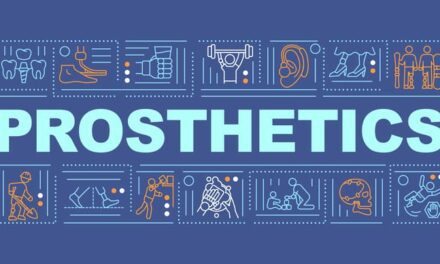Researchers found that women with limb loss had unique physical and psychological needs that were unmet by current care standards.
Women with limb loss have unique physical and psychosocial needs, meaning providers treating this population must adapt their healthcare delivery approach, according to research presented at Physiatry ’23, the Association of Academic Physiatrists (AAP) annual meeting.
Researchers discovered that women reported worse residual limb health compared to men but had significantly fewer activity restrictions, while women also reported less satisfaction with the usefulness/reliability of their prosthesis than men.
They were also less satisfied with their appearance than men and reported less ease in social situations, higher anxiety and depression, and worse body image perception than men.
There is a growing population of women with limb loss, specifically in the Department of Veterans Affairs (VA) and Department of Defense (DoD) Healthcare Systems. However, limited research is available to provide evidentiary support for clinical decision-making in this demographic.
To investigate the unique impact on women, a group of researchers from the VA, DoD, and private sector administered an online needs assessment to female amputees.
“This lack of research presents a significant challenge for clinicians and physicians to address the needs of women with limb loss that may vary from men,” said Dr Roxanne Disla, an occupational therapist at the James J. Peters VA Medical Center in the Bronx, NY, and the study’s presenting author. “Furthermore, male structure and biomechanics tend to be the base for most prosthetic devices. As a result, women with limb loss tend to face significant challenges such as ill-fitting prostheses, skin issues, and an increased risk of other health problems.”
In the new study, a convenience sample of 115 female and 93 male amputees completed the online needs assessment, consisting of a bank of existing limb loss and non-limb loss-specific surveys. The surveys were categorized around domains of general health, quality of life, prosthetic use/needs, psychosocial health and behaviors, and body image.
The surveys were supplemented with written items to ensure adequate coverage of relevant domains.
Preliminary analyses indicate that women with limb loss have unique physical and psychosocial needs, thus challenging providers for women with limb loss to evolve healthcare delivery and research practices, as well as work jointly with industry to meet the unique needs of this population, researchers concluded.
“Through this joint collaboration between VA, DoD, and the private sector, my team and I will ultimately help bridge the gap in understanding the specific needs of women with limb loss in order to provide the highest levels of care for this underserved population,” said Disla.
Photo 139572492 © Albertshakirov | Dreamstime.com




